YouTube channel Linus Tech Tips has launched a project to beat Apple's modular Mac Pro by producing a hackintosh with better performance, but the otherwise impressive hardware project shouldn't really be compared to a real Mac Pro, especially in a working environment.
The Hackintosh Pro plan
The video, one of a series of Mac Pro-themed videos where Linus Tech Tips attempts to take on Apple's workstation with a custom hackintosh, opens to the admittance a previous attempt using virtualization to simplify the process was a "success," but had awkwardly been published at the same time as Apple's Mac Pro launch which was "faster than ours."
This prompted a rethink by the team to go for a "bare metal" hackintosh that uses the same 28-core processor as an earlier attempt, then to water-cool and overclock it before Apple releases the Mac Pro to the public.
Before going into an explanation of what the new project's initial form would take, channel chief Linus Sebastian offers a form of disclaimer to the audience, advising them "We are not endorsing the use of macOS on anything other than a Mac in any way. Especially in a commercial environment. If you want to run Mac in work, buy a Mac." The disclaimer is followed by a comment that doing so would mean the user would "actually get support."
To compete against the new Mac Pro, Linus says the project needs a motherboard that is somewhat comparable in terms of expansion to the one used in the Mac Pro, as one that is likely to be compatible with macOS, with the selection being the Gigabyte C621 Aorus Xtreme, a board with seven PCIe slots, and 12 DDR4 DIMM slots.
The team admits that external expansion will be one of the compromise areas for the project. While the board does have a Thunderbolt 3 header for a Thunderbolt 3 card, or could pass a DisplayPort signal through the GPU, it won't be able to match the six Thunderbolt 3 ports offered in Apple's edition.
For graphics cards, the initial version will use AMD's Radeon 7, the fastest available card that is compatible with Mojave, with one used in the proof-of-concept build and multiple intended for the final project. Apple will be offering the Radeon Pro Vega II and Duo cards in the Mac Pro, but as they are using Apple's MPX Module interface, they will not be usable in a hackintosh build, so the next best thing has to be used instead.
Another change is the memory, as the Intel Xeon W-3175X processor for the project only supports up to 512 gigabytes of RAM across six channels, well below the 1.5 terabytes Apple will offer with the Intel Xeon W-3275. For the initial validation, six sticks of unspecified lower-capacity memory were used.
The use of the same processor from the previous virtualized project is proposed to offer better performance in the new build, as it no longer has to deal with the overheads of virtualization, leaving more resources for usage.
For the final build, Linus says that for it to be right, the team has to go "all the way," which he defines as the use of a custom monoblock for the board for cooling, as much of the fastest RAM the team can acquire, at least two Radeon 7 GPUs, and an "all-core overclock of 4 gigahertz minimum. To further emulate Apple's Mac Pro, the build, which could take a while to produce, also has to be "damn near silent," and to be in a "cheese grater," with Linus holding up an old Mac Pro case.
While it is running macOS, some elements are not available, including iMessage and FaceTime, but they are issues that Linus believes could be resolved before the final version is completed.
Shows some promise
In testing, the previous VM-based hackintosh achieved 10,904 points on a Cinebench R20 multithreaded test, while the bare metal version reached 11,443. Under Geekbench 4 for CPU, the single and multithreaded tests improved from 4,408 and 73,545 for the VM build to 5,426 and 79,808 for bare metal respectively.
The Geekbench 4 GPU test showed a much smaller improvement for both OpenCL and Metal, suggesting the overheads of virtualization were not as much of a factor for that benchmark.
For a real-world test of rendering a 20-minute 1080p video, the 5 minutes and 48 second render time of the VM was reduced considerably to 5 minutes and 1 second for bare metal.
It is reasoned Linus Tech Tip's choice of processor could provide far better overall performance than the version in the top-flight Mac Pro, due to having base and boost clocks of 3.1GHz and 3.8GHz against the W-3275's 2.5GHz and 4.4GHz. "If Apple's Mac Pro stops boosting, they lose on everything but memory capacity," the team suggests, alluding to the possibility of heating being a bottleneck for the Mac Pro.
It's not wrong
The video was released over the weekend, and ever since, we've had a lot of emails and social media contacts asking us things like "tear them a new one" and similar. But, there's no reason to do that.
Nothing the video says is wrong. There are no big technical gaffes, and no giant issues that a tech-savvy user must undergo a Sisyphean ordeal to overcome. About the worst that can be said about the video is that it is not a step-by-step tutorial — but they didn't set out to do that anyway.
If you take the gear that the video suggests, assemble it properly, and perform the macOS installation correctly (and not quite legally), then you will get what the channel promises. You will get macOS running on enthusiast hardware, with all that entails.
Don't try this at work
One of the things enterprise users need to be aware of is whether the hardware they are using will work with their selection of software. In some cases, hardware requires a Workstation ISV (Independent Software Vendor) Certification, effectively a rubber stamp that confirms the software will work with that particular hardware perfectly.
For software vendors like Autodesk that certify hardware that they approve, they have the option to deny support for hardware configurations that do not have the ISV Certification, which would be a major issue for business users. In the case of a Mac, a vendor would certainly be able to certify the different configurations Apple offers, but won't for a completely custom-built machine like a hackintosh running macOS.
So, like Linus said, going this route, what you won't get is help from vendors. What you won't ever get is any kind of certification allowing for support of workstation software. There is a reason why workstations from big PC vendors cost as much as they do, and why the Mac Pro is in that ballpark.
And, obviously, Apple won't help you if macOS eats itself on the installation or at any time afterwards. At any time, Apple could make the entire investment incapable of booting after an update.
...Try this at home?
A few of us here at AppleInsider have done this over the last decade or so that it has been possible. They were all fun projects, allowing us to tinker and learn more about not just hardware, but macOS in the process.
But, we'd never, ever plunk one down in a business, and say that this is good enough, or recommend it to a business that relies on a computer to just work day-in and day-out. Pixar won't even think about doing this, nor will Disney, JPL, or any of the other big organizations who the Mac Pro is explicitly aimed at that are looking at what the Mac Pro will be able to do for them.
This all said, go with our blessing. If the Mac Pro doesn't work for you, or isn't what you want it to be, go build a Hackintosh. It is a fun exercise, and you will learn a lot along the way.
Just don't expect to get everything you'll get from a Mac Pro when it ships.
 Mike Wuerthele and Malcolm Owen
Mike Wuerthele and Malcolm Owen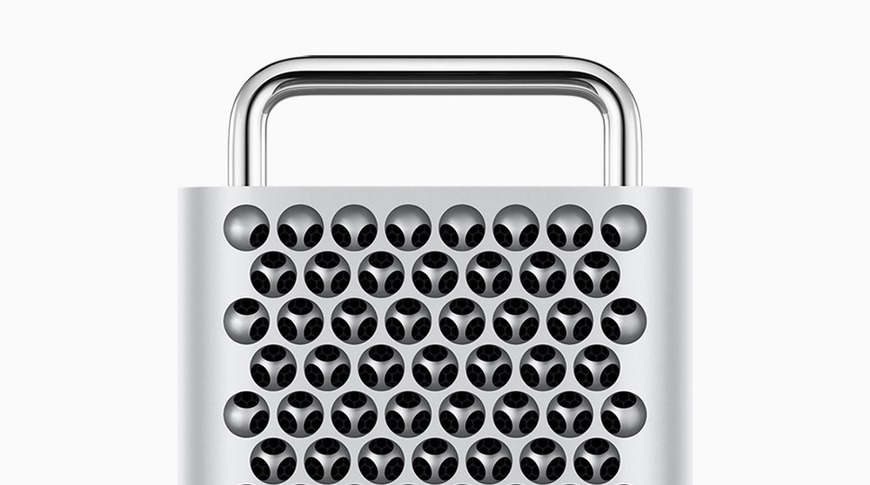
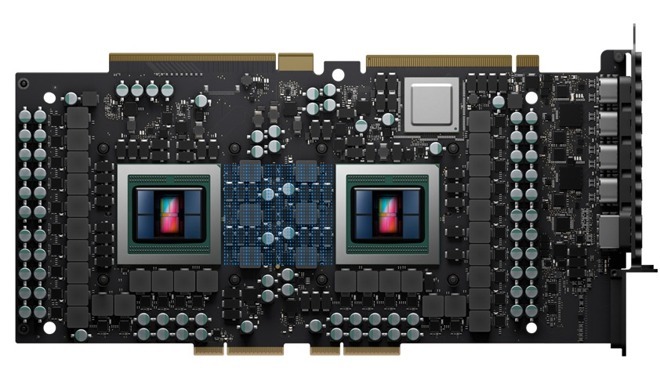
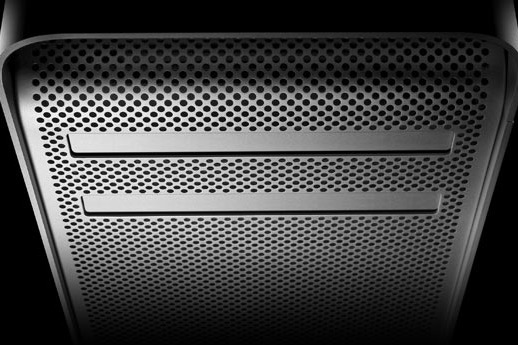
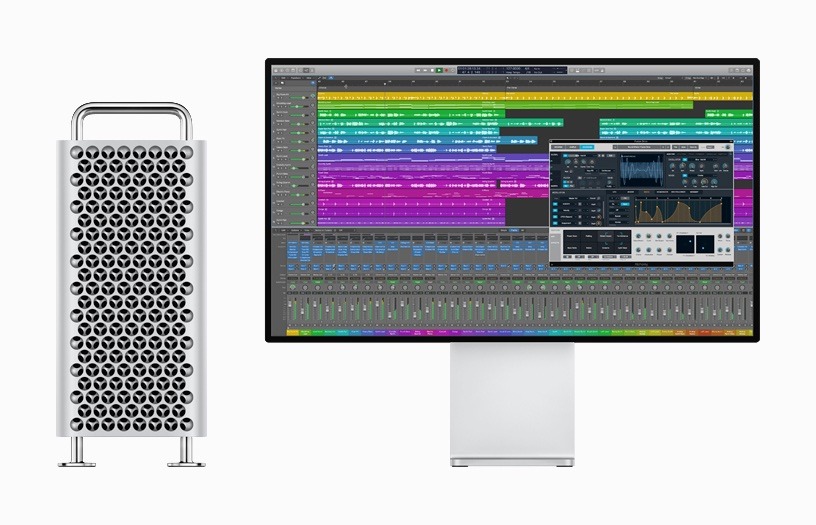








-m.jpg)






 William Gallagher
William Gallagher
 Andrew Orr
Andrew Orr
 Mike Wuerthele
Mike Wuerthele
 Bon Adamson
Bon Adamson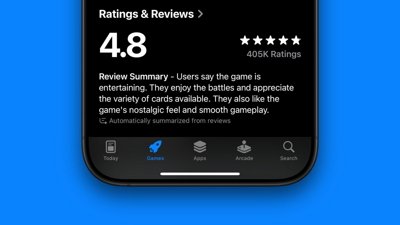
 Marko Zivkovic
Marko Zivkovic
 Wesley Hilliard
Wesley Hilliard
 Amber Neely
Amber Neely


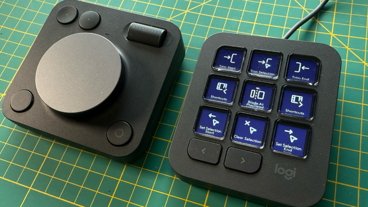


-m.jpg)



56 Comments
I'm a die hard Apple-ite, but I use Hackintosh - but not to get a Pro substitute - I'd rather save up for a Pro (which I absolutely don't need btw) - no, I Hackintosh because Apple will never make a mid-tier PC, also known as the xMac. I love it, and as one guy who isn't on a production workflow it works brilliantly as my home desktop and server. Of course, using my MacBook Pro (2018) always feels spiritually better, haha. But they get on absolutely fine, even with AirDrop and all that (courtesy of some actual Apple silicon inside my Hack providing AirPort and Bluetooth goodness)
His audience doesn't care about reliability or support.
All they look at is specs like ram, graphics, and CPU.
They point at that and say its better than a mac.
Let’s say, for the sake of argument, that these neckbeards cobble together a gizmo that nears the performance of the Mac Pro with similar specs. Now tell me what real professional video studio whose livelihood depends on performance and reliability would actually buy homemade, unsupported hardware running an operating system whose licensing terms expressly forbids its installation on said hardware? So what is the point of this exercise other than to say, “We did it! Ha Ha Ha!” Self-styled techies are such holier-than-thou egomaniacs. inequals
So you’re an amateur self-styled techie who does no real work on your machine. It’s a toy for you.
Why he's doing this is simple: it's a way to generate traffic for his YouTube channel. There's no genuine intent to solve a problem, it's just a play on the attention anything to do with the Mac Pro will get this summer.
I lost all respect for the channel a few years ago...